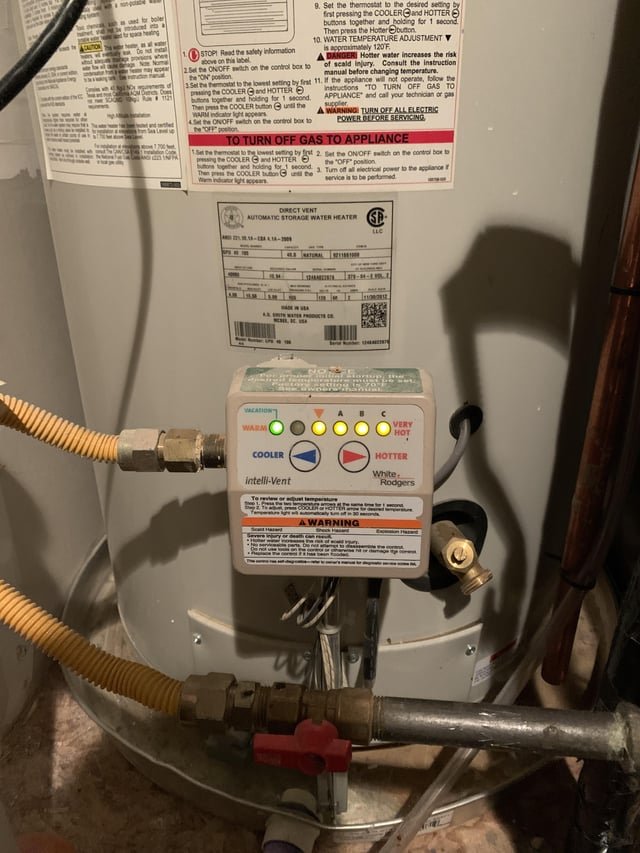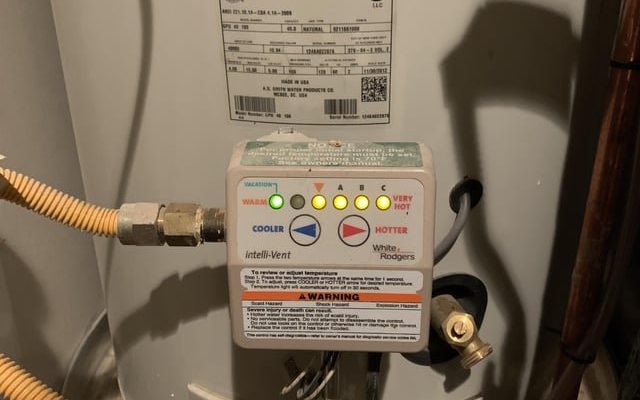
Error codes are a bit like a car’s check engine light—sometimes it’s something minor, other times it’s a sign of a deeper issue. The “E3” code on a Kenmore water heater usually indicates a problem with the water temperature sensor. This sensor’s job is to keep track of the water’s temperature to ensure it doesn’t get too hot—or not hot enough. When this sensor malfunctions, it can lead to water that’s scalding hot or not hot at all, which can definitely be a problem.
Understanding the Error Code E3 on Kenmore Water Heaters
So, what exactly does the “E3” error mean for your Kenmore water heater? Think of the water temperature sensor as a thermostat for your heater. It measures the temperature of the water and communicates with the heater to maintain a consistent, safe heat level. If this sensor begins to work improperly or fails, the heater might struggle to gauge the right temperature, causing the “E3” code to light up.
In practical terms, this could mean several things. The water coming from your taps might be unexpectedly cold, or worse, it might be too hot, posing a risk of burns. Imagine turning on the faucet and expecting warm, but tolerable water, only to find it’s scorching hot. This inconsistency can make daily tasks more difficult and potentially unsafe, especially in homes with young children or elderly family members who might not react quickly enough to sudden temperature changes.
Fortunately, the appearance of the “E3” code doesn’t usually mean your heater is about to fail completely. It’s a signal that something needs attention—think of it as your water heater waving a small white flag asking for help. Troubleshooting the issue sooner rather than later can prevent larger problems down the line, such as total heater failure or a high energy bill from the heater working overtime.
Common Causes of the E3 Error Code
Now that we know what the “E3” code means, let’s delve into why it might be appearing. One common cause is a simple fault in the temperature sensor itself. Over time, this little component can wear out or get coated in mineral deposits, much like how a kettle might get lime buildup from hard water. When this happens, it struggles to do its job effectively.
Electrical issues can also play a part. Sometimes, the wiring or connections that link the sensor to the heater’s control panel become loose or corroded. Think of it like a bad cell phone connection that crackles and cuts out—you wouldn’t want that when trying to have an important call, just as your heater doesn’t want that unstable link when managing water temperature.
Another possibility is that the control board—the heater’s brain—has developed a fault. Like any electrical device, these boards can occasionally get a glitch that sends incorrect signals to the rest of the system. Thankfully, this isn’t very common, but it’s one more piece of the puzzle to consider when diagnosing the problem.
How to Address the E3 Error Code Safely
So, what should you do if you see the “E3” error code flashing back at you? First off, don’t panic. As with any repair, safety is your number one priority. It’s best to start by consulting the manual that came with your Kenmore water heater. The manual often contains useful troubleshooting tips specific to your model.
If you’re handy and comfortable with basic tools, you might start by checking the sensor and wiring yourself. Ensure the heater is powered off before you begin to avoid any electrical hazards. Carefully examine the sensor for visible wear and check connections for any signs of corrosion or looseness. If you notice buildup on the sensor, cleaning it gently could resolve the issue.
However, if this all seems a bit too technical, or if the error persists after your initial checks, it might be time to call in a professional. An experienced technician will be able to safely assess and repair more complex issues, ensuring your heater is back up and running smoothly.
Preventing Future Error Codes and Ensuring Safe Operation
To keep your Kenmore water heater running smoothly and avoid a recurrence of the “E3” error, consider regular maintenance. Just like you wouldn’t skip an oil change for your car, it’s wise to periodically check your water heater’s components. This includes flushing the tank to remove sediment build-up, which can affect sensor performance, and having a professional inspect the electrical system annually.
Water heaters love consistency, just like we do. Maintaining a stable environment can help prolong the life of your heater and keep those pesky error codes at bay. Ensure your heater isn’t subjected to drastic temperature fluctuations or power surges, as these can stress the system over time.
In conclusion, while seeing an “E3” error on your Kenmore water heater is a sign that something’s off, it doesn’t spell certain doom for your trusty appliance. With a little attention and care, you can address the problem safely and effectively, ensuring your home is supplied with reliable hot water day in, day out. Remember, catching small issues early can prevent larger headaches down the road.
